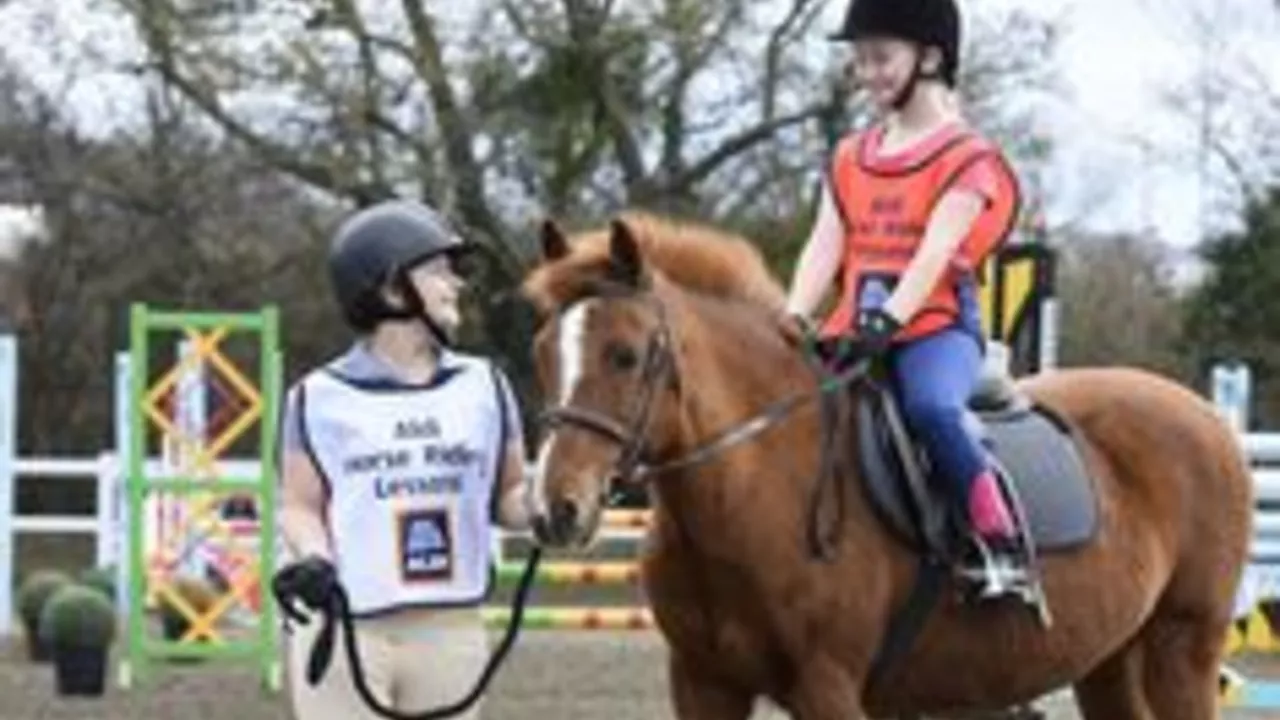Horse Riding Clothes: What You Really Need to Wear
First off, if you’re new to riding, the gear can feel like a lot. The good news is you only need a handful of pieces that do the heavy lifting – keeping you safe, comfortable and able to move with the horse. Below we break down each item, why it matters, and simple tips to pick the right one.
Core Pieces Every Rider Needs
Helmet – No debate here: a certified riding helmet is a must. Look for a fit that’s snug but not tight, with a chin strap that stays put. Plastic shells are the norm, and most helmets have ventilation holes to stop you from overheating.
Boots – Riding boots protect your ankles and give you a solid cue with your legs. Short paddock boots work for most lessons, while tall field boots add extra ankle support for jumping or eventing. Leather is classic, but modern synthetic boots are lighter and break in faster.
Breeches or Jodhpurs – These stretchy pants let you sit deep in the saddle without chafing. Look for a flat or padded seam on the inside to keep the saddle from rubbing. Dark colors hide scuffs; lighter shades are cooler on hot days.
Jacket or Show Shirt – A fitted riding jacket keeps wind out and looks tidy in the ring. If you’re just out on a trail, a breathable fleece works fine. For shows, a crisp dress shirt with a tie (or a clean polo for western styles) is the norm.
Gloves – Leather gloves give you a better grip on the reins and protect your hands from blisters. Choose a size that leaves a fingertip wiggle; too tight means your hand tires quickly.
Choosing the Right Fit and Fabric
Fit is everything. Anything too loose can get caught in the stirrup, anything too tight will pinch and ruin your ride. When trying on breeches, move around – stand, sit, and hop a little. You should feel a little stretch but no pulling.
Fabric matters for weather. Cotton breeches are comfy in cooler weather but hold moisture. Modern blends with moisture‑wicking tech keep you dry on long rides. For jackets, waterproof shells are worth the investment if you ride in rain often.Don’t forget safety features: helmets must meet BETA or Snell standards, and boots should have a small heel to stop your foot from sliding through the stirrup. Check labels for these certifications before you buy.
Finally, think about layers. A simple base layer under your breeches can add warmth without bulk. A lightweight windbreaker over your jacket protects you on blustery days and folds away easily when it warms up.
Bottom line: start with a certified helmet, proper boots, well‑fitting breeches, a comfortable jacket, and a pair of gloves. Once you’ve got those basics, you can experiment with colors, accessories and specialty gear. The right horse riding clothes make every ride smoother, safer and more enjoyable – and you’ll look the part, too.
What are the cheapest horse riding clothes brands?
In my quest to find the most affordable brands for horse riding attire, I've come across a few names that offer great value. TuffRider, Ovation, and Saxon are known for their budget-friendly equestrian clothing that doesn't compromise on quality or durability. Equally noteworthy is the brand Kerrits, which offers reasonably priced, high-quality riding gear. Lastly, Dublin is another brand that offers cheap yet stylish riding clothes, making it possible to look good while riding, without breaking the bank.
READ MORE